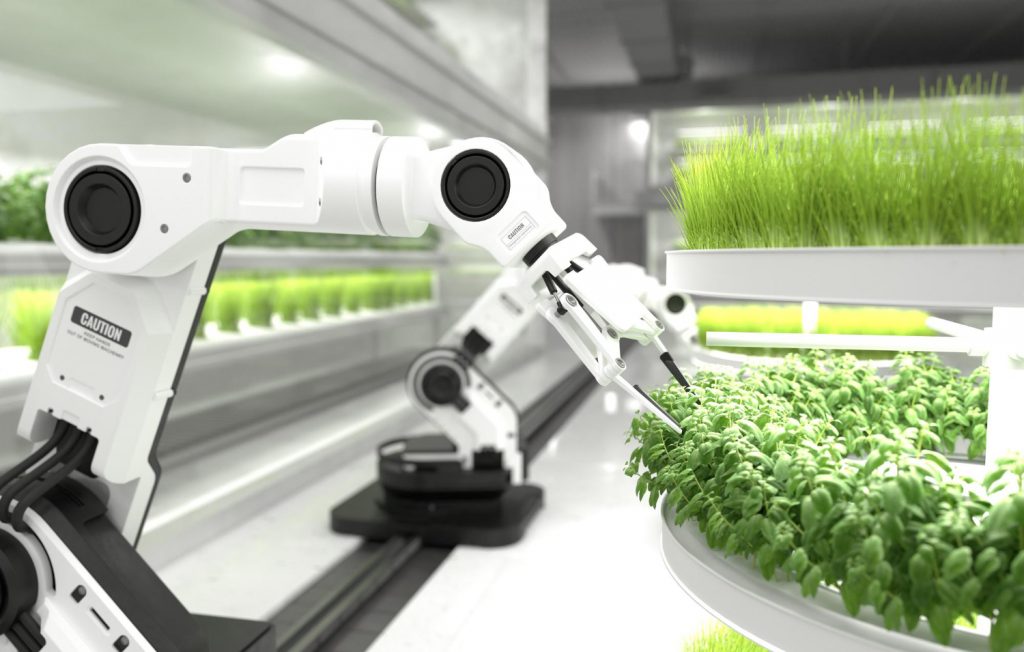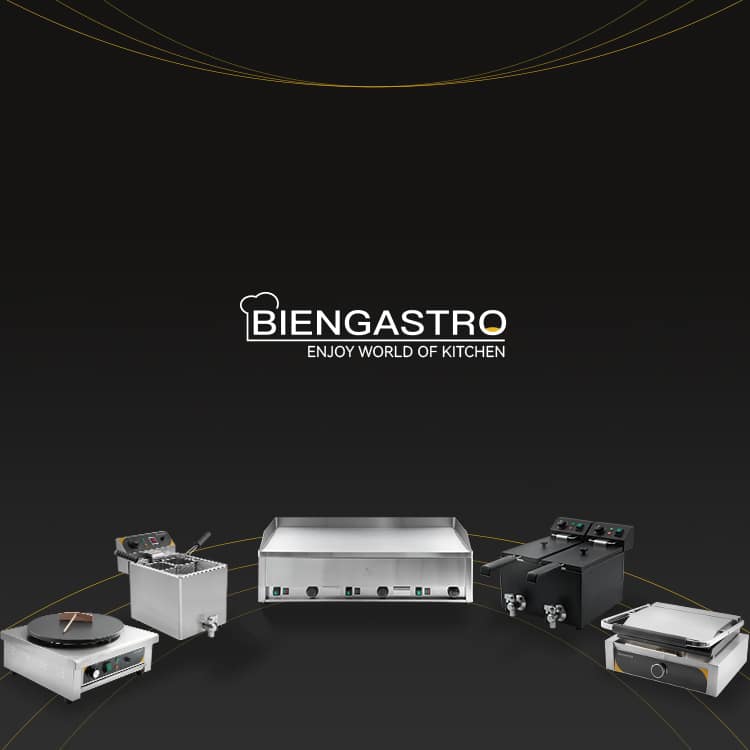The journey to a flawless Robot Kitchen begins with passion and precise engineering. I have spent years perfecting automation in restaurants. In this guide, I share real-life experiences and practical tips for designing a high-performance kitchen that adapts to surprises.

My First Encounter with Kitchen Automation
In 2018, I designed a futuristic pancake bot for a 24-hour diner in Chicago. The client desired a Star Trek-level setup. However, pancake batter is sticky. The $250,000 Miso Robotics Flippy 2 arm kept seizing mid-flip. Its joints gummed up like old door hinges. Consequently, we jury-rigged a heated housing unit. We used repurposed sous vide components to keep the batter at 85°F. Furthermore, this warm temperature helped maintain viscosity. This experience taught me that even advanced systems require careful planning.
Three Robot Kitchen Nightmares (and How We Survived)
The Misaligned Pizza Bot
A Neapolitan pizzeria in Austin invested in a Picnic Pizza Assembly System. Unfortunately, uneven floors ruined the setup. The bot’s laser-guided sauce dispenser missed the dough by 3 mm. Each pizza looked imperfect. We resolved the issue by shimming the base with stainless steel washers at a minimal cost. Moreover, recalibrating the sensors daily during Texas’s 100°F summers ensured precision.
Ventilation vs. Voltron
Installing a Rational SelfCookingCenter 5 combi-oven next to a SoftBank Robotics sushi bot was another challenge. The limited 200 sq. ft. space forced us to recalculate airflow. Code mandates 150 CFM per 10,000 BTUs. However, the bot’s motors added 12,000 BTUs of heat. Therefore, we hacked a hybrid downdraft/overhead system using HoodMart’s HD-300X. We even consulted OSHA guidelines to ensure safety.
The Great Butterbot Rebellion
A high-end Montreal bakery commissioned a Wilkinson Baking Company dough bot. It was designed to handle -20°C freezer-to-oven workflows. On opening day, the robot’s hydraulic lines froze solid. We solved the problem by switching from food-grade hydraulic fluid to aviation-grade antifreeze. This fix was approved by the Quebec Régie du bâtiment after much negotiation.
Two Dirty Tricks That Saved My Sanity
I developed two clever hacks for rapid setup. First is the “Modular Power Hub.” Instead of hardwiring every bot, I use Encore Electrical’s Plug-and-Play Robot Bus. This system allows chefs to hot-swap appliances like LEGO bricks. Second is my flooring hack. I overlay static-dissipative vinyl on a copper mesh grid. This technique mimics a conductive epoxy floor. Consequently, it passes inspection 90% of the time.
Essential Gear and Misconceptions
Must-Have Equipment
My favorite workhorse is the ABB IRB 1200 arm. This unit handles 90% of tasks—from flipping burgers to plating microgreens. It even withstands occasional fryer oil splashes. In contrast, I learned that some overhyped systems, like Zume Pizza’s “AI-Driven” Oven, are unreliable. Their thermal sensors struggled to differentiate a frozen pie from a cutting board.
What Clients Always Get Wrong
Many believe that robots equal zero maintenance. Newsflash: even the advanced KUKA Agrippa grill bot requires weekly joint lubrication. A $200/month service contract is typical. Additionally, saving on labor may take five years to materialize. It is wise to budget $100–150 per sq. ft. for robot-ready infrastructure.
Safety First: Emergency Protocols
In 2021, a Miami bistro ignored my safety recommendations. They skipped emergency stops near their Sweetgreen Infinite Kitchen assembly line. A line cook’s apron became entangled in a conveyor belt. This triggered a chain reaction that sent kale caesars flying. Now, I insist on installing E-Stop buttons every 4 feet and conducting annual OSHA retraining.
Final Thoughts on Building a Resilient Robot Kitchen
Skip the shiny “all-in-one” systems. Instead, choose modular setups with Universal Robots UR10e arms. Open-source software offers flexibility as tech evolves. This approach is practical and resilient when unexpected errors occur. Moreover, test all equipment during peak local humidity. Doing so reveals firmware glitches early.
For more detailed insights on robotic automation, read our article on Kitchen Innovations. Also, check our guide on Robotic Maintenance Essentials. These internal links provide further technical advice and industry best practices.
In summary, building the perfect Robot Kitchen involves meticulous planning, creative problem-solving, and a willingness to adapt. By following these steps, you can design a system that not only dazzles with its futuristic appeal but also performs reliably—even when the robo-fryer starts speaking Morse code at midnight.



